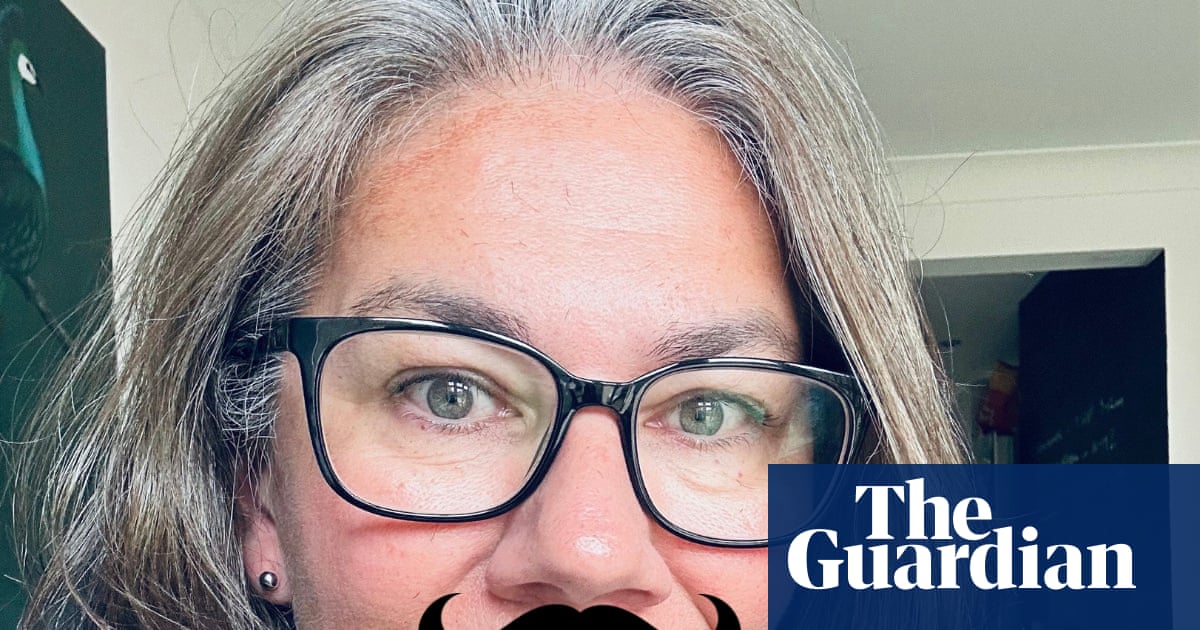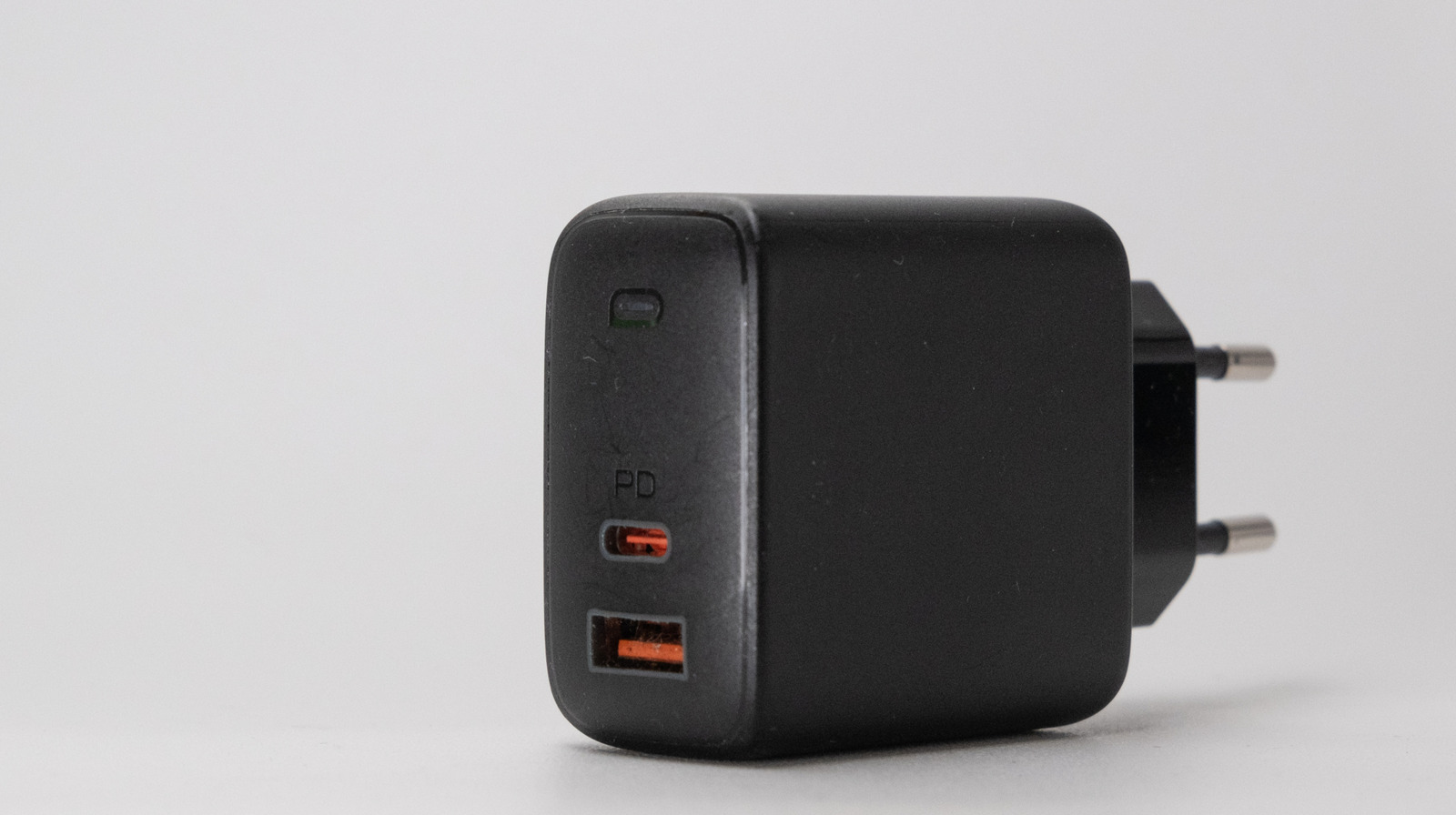Do your LinkedIn followers consider you a “thought leader”? Do hordes of commenters applaud your tips on how to “scale” your startup? Do recruiters slide into your DMs to “explore potential synergies”?
If not, it could be because you’re not a man.
Dozens of women joined a collective LinkedIn experiment this week after a series of viral posts suggested that, for some, changing their gender to “male” boosted their visibility on the network.
Others rewrote their profiles to be, as they put it, “bro-coded” – inserting action-oriented online business buzzwords such as “drive”, “transform” and “accelerate”. Anecdotally, their visibility also increased.
The uptick in engagement has led some to speculate that an in-built sexism in LinkedIn’s algorithm means that men who speak in online business jargon are more visible on its platform.
Like most large social media platforms, LinkedIn uses an algorithm to determine which posts it shows to which users – boosting some, and downgrading others.
In a blog post on Thursday, LinkedIn acknowledged the trend, but said it did not consider “demographic information” in deciding who gets attention. Instead, it said, “hundreds of signals” factor into how a given post performs.
“Changing gender on your profile does not affect how your content appears in search or feed,” a spokesperson said. Be that as it may, the anecdotes are piling up.
“It has certainly been exciting,” said Simone Bonnett, an Oxford-based social media consultant who changed her pronouns to “he/him” and her name to “Simon E” on LinkedIn earlier this week.
“The kind of stats that I’m seeing at the moment are a 1,600% increase in profile views, which is wild if you think about what social media views look like at the moment, and a 1,300% increase in impressions. Also wild reach stats.”
Megan Cornish, a communications strategist for mental health tech companies, said she started experimenting with her LinkedIn settings after seeing her reach on the platform decline precipitously earlier this year.
First she changed her gender to “male”. Then she told ChatGPT to rewrite her profile in “male-coded” language, based on a LinkedIn post suggesting the platform favours “agentic” words such as “strategic” and “leader”.
Finally, she asked ChatGPT to rewrite old, badly performing posts from several months ago in similarly “agentic” language, figuring that recycling old, reworked content would help her isolate what effect “bro-coding” was having on her reach.
Things went great. Almost immediately, Cornish’s reach on LinkedIn spiked, increasing 415% in the week after she trialled the changes. She wrote a post about the experience, and it went viral, racking up nearly 5,000 reactions.
The problem was, she hated it. Before, her posts had been “soft”, she said. “Concise and clever, but also like warm and human.” Now, bro-Megan was assertive and self-assured – “like a white male swaggering around”.
She gave up after a week. “I was going to do it for a full month. But every day I did it, and things got better and better, I got madder and madder.”
Not everyone had the same experience as Cornish and Bonnett. Cass Cooper, a writer on technology and social media algorithms, said she changed her gender to “male” – and then her race to “white” (Cooper is Black). The overall result, she said, was a decline in her profile’s reach and engagement – an experience other women of colour on the platform have also discussed.
“We know there’s algorithmic bias, but it’s really hard to know how it works in a particular case or why,” she said.
While the LinkedIn experiments were “frustrating”, she said she believed they were a reflection of broader society-wide biases. “I’m not frustrated with the platform. I’m more frustrated with the lack of progress [in society].”
Users have been rumbling about LinkedIn’s weird position as a quasi-business, quasi-social network for some time, ever since the pandemic blurred professional boundaries and injected more oversharing into work. LinkedIn’s occasional tendency to elevate extreme “bro-coding” is best illustrated by social media accounts recording the excesses of the platform.
These latest “bro-coding” experiments, however, have their origins in what Cornish, Bonnett and others describe as algorithm changes in recent months that have caused female creators in particular to have markedly less visibility. This led to a series of informal experiments earlier this year, in which women and men in parallel industries posted the same content – and the men got drastically more reach.
LinkedIn uses an AI system to classify posts to its feed, it says, deciding how to disseminate them based on their content, as well as the poster’s professional identity and skills. It evaluates its algorithms regularly, it says, including “checks for gender-related disparities”.
A spokesperson for LinkedIn suggested that a recent decline in certain users’ reach came from a far higher volume of content on the network, adding that there had been a 24% increase in comments and a commensurate spike in video uploads in the past quarter.
Bonnett said the “bro-coding,” in her experience, was on the rise. “You always think of LinkedIn as being more genteel, more businesslike. It’s not like that any more. It’s starting to become the wild west.”









